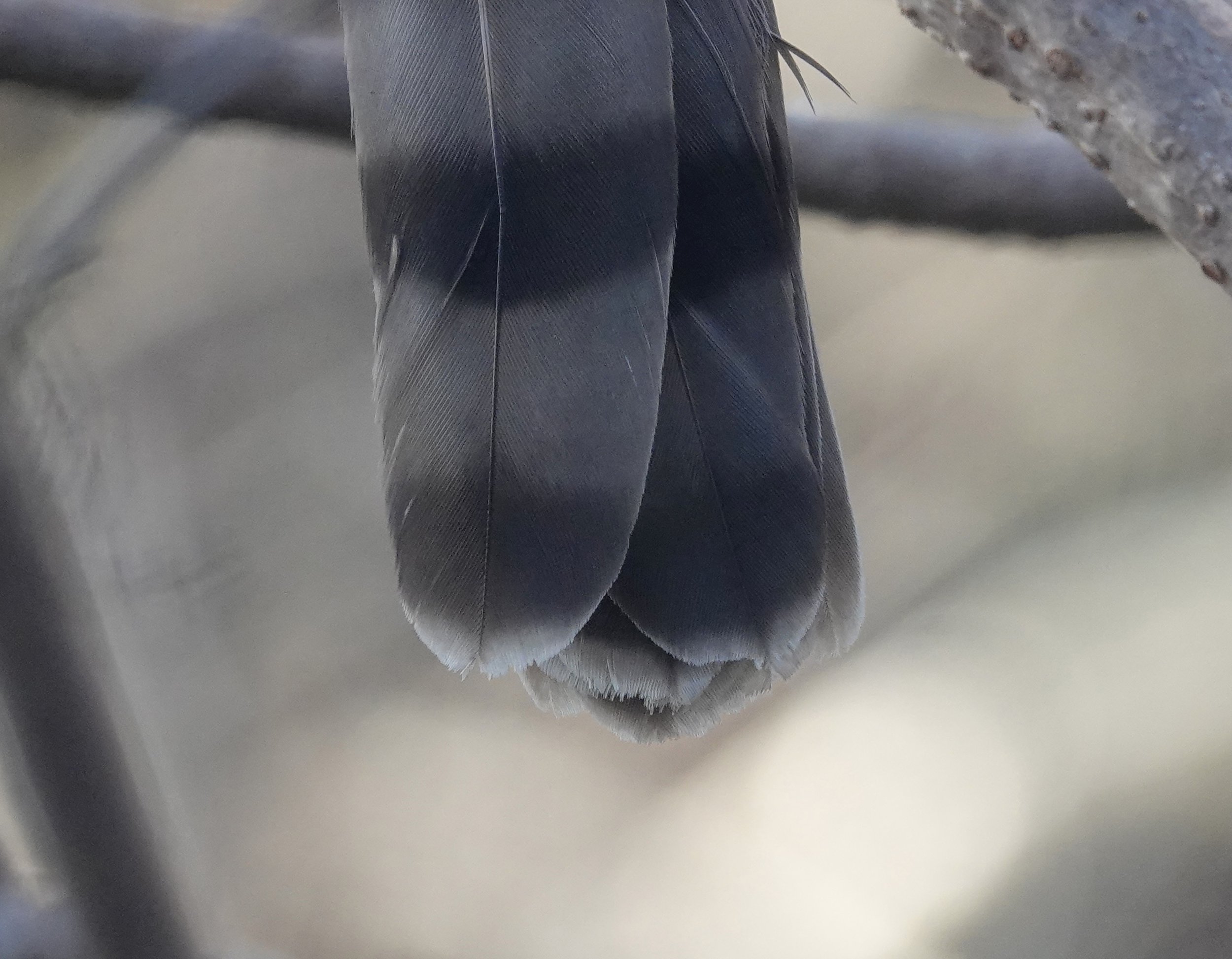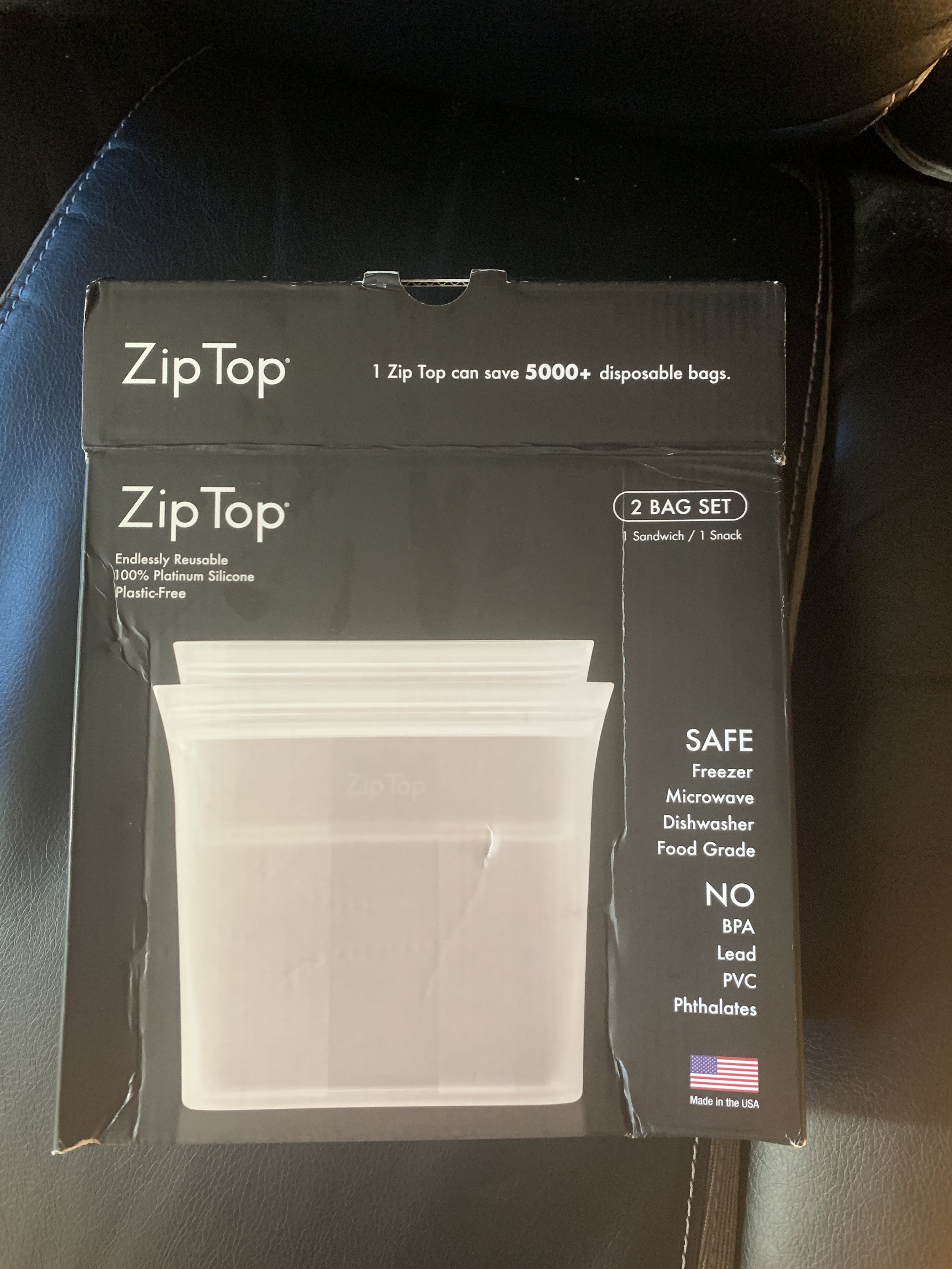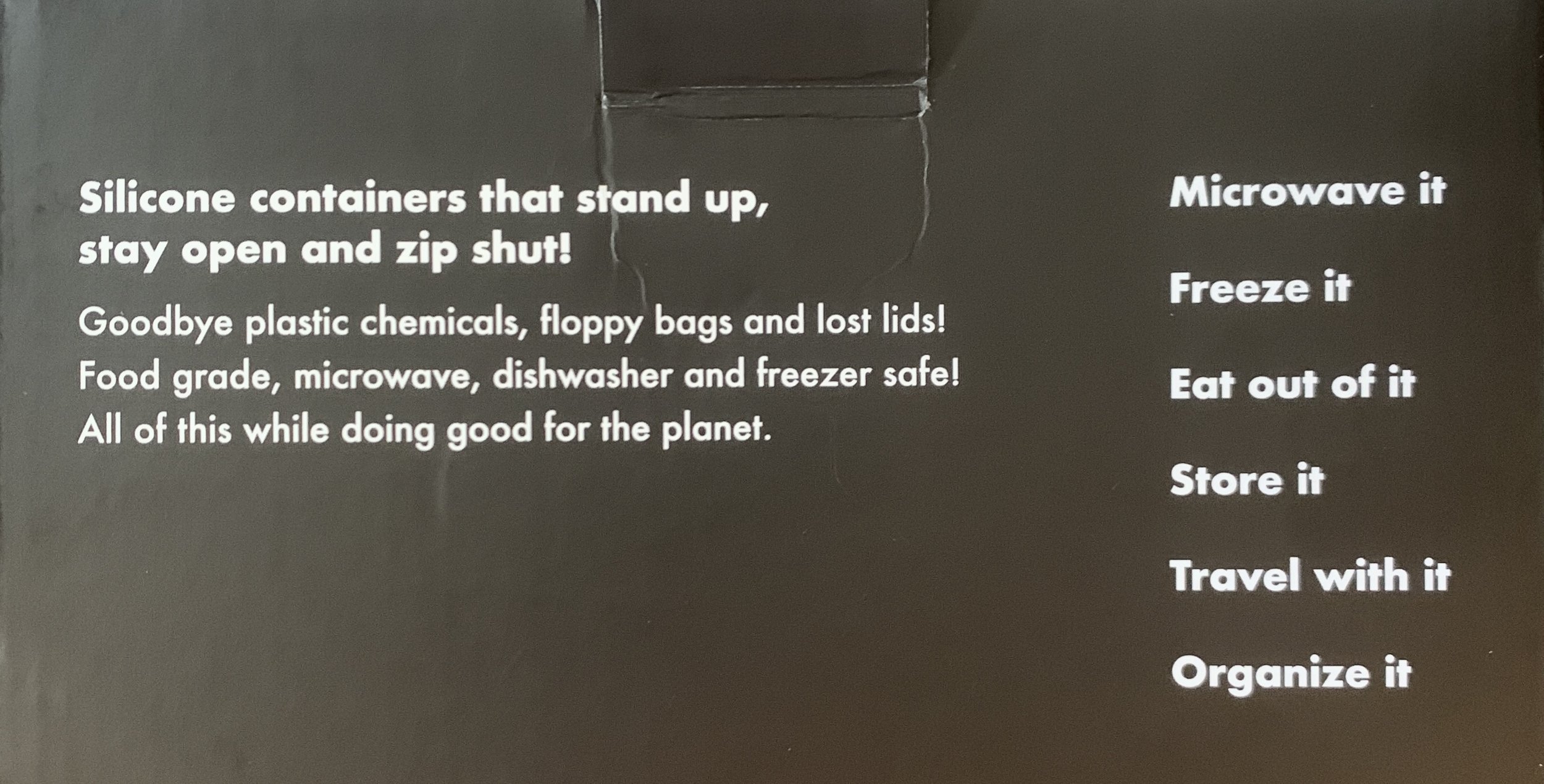Naturally
Birds connect us to nature and to the world. I watched chickens on a warm December day before the tornado. They were outside feeding at a buffet of things on the ground. During my salad days, I heard the story of a chicken surviving a tornado after being stripped of its feathers. “Plucked clean,” I’d be told. I suspect that chicken might have been found alive after losing many feathers due to a fright or stress molt. Chickens are native to the tropical jungles of Southeast Asia and our domestic chickens descended from the red junglefowl. The chicken is the world’s most numerous bird.
Winter brings increased reports from readers and listeners of wild turkeys in backyards.
After the tornado passed, crows were vocal. Perhaps they’d found surviving the brutal December storm caws for celebration. I’m sure they had reason for the noise as crows didn’t make it to where they are today by being stupid.
Q&A
“How many kinds of mice are there in Minnesota?” Species include the house mouse, meadow jumping mouse, woodland jumping mouse, western harvest mouse, deer mouse (two subspecies: prairie deer mouse and woodland deer mouse) white-footed mouse, northern grasshopper mouse, plains pocket mouse and the largest member of the mouse family—no not the moose—it’s the Norway rat. I’m probably wrong, but I believe there had been a corduroy mouse. It went extinct because it was too easy for owls to hear them. Synanthropy refers to undomesticated species living near and benefiting from human beings. Synanthropes of the mouse world include house mouse, deer mouse, white-footed mouse and rat. They enjoy playing hide and squeak in our homes.
“How do I tell a Cooper’s hawk from a sharp-shinned hawk?” There are many factors to consider, but it can be difficult. It’s like looking at an elementary school yearbook and using it to identify attendees at a 50th class reunion. You need to look long and hard at distinguishing characteristics. As are most things in life, it’s complicated. Both hawks hunt bird feeders and they aren’t there for the seeds. They chase birds like a feathered Wile E. Coyote riding a jet-powered device from Acme. You’ll inevitably be unable to discern which species is visiting. Don’t fret, that confounds experts. Generally, the Cooper’s is larger, but you won’t see the two species perched together on a branch. Females are larger than males, with a sharpie male being the size of a blue jay and the female Coop’s approximating the size of a crow. Identification depends upon a combination of things: tail, the position of eyes, breast and belly streaking, thickness of the legs, nape color, head shape, eyebrows, favorite TV show, driver’s license photo and preferred pizza. Coop’s have sturdy legs with large feet seeming capable of breaking pencils. Sharpies have legs as thin as pencils. Coop’s have hackles on the back of their heads and sharpies don’t. Many field guides mention the square tail of a sharpie versus the rounded tail of a Cooper’s. I haven’t found that a reliable ID mark, but if you can see the back of a sharpie, notice a cleft in the middle of a squared tail with a thin white tip. Coop’s don’t have that cleft and usually have more white on the tip, but wear changes that. In adult birds, a Coop’s has a dark gray cap with a pale nape. A sharpie has a hooded appearance with no separation of color between the back of the head and neck. In flight, a Coop’s has a larger head projecting far beyond the wings compared to a sharpie’s small head. Sharpies fly with faster wingbeats. Juveniles of both species have yellowish eyes, adults red. A sharpie’s eyes are in the middle of its head, giving it a bug-eyed look. A Coop’s eyes are nearer to the front of its head. Misidentifying a bird is but a minor blip in your otherwise exemplary behavior. The hawks know which species they are. If you’re not sure, call it an accipiter species, a shooper’s hawk or a shoop’s.
The weekly tip
If you buy binoculars for someone, make sure they come with a gift receipt. Binoculars need to fit the user. Expensive binoculars offer ruggedness, craftsmanship, brightness, glass quality and make someone look cool, but many lower-priced models do the job. Any decent binoculars are better than no binoculars.
Thanks for stopping by
“I'd rather see a sermon than hear one any day; I'd rather one should walk with me than merely tell the way.”—Edgar Guest.
“What is Christmas? It is tenderness for the past, courage for the present, hope for the future. It is a wish that every cup may overflow with blessings rich and eternal, and that every path may lead to peace.”―Agnes M. Pharo.
Do good, be well and have a merry Christmas.
©Al Batt 2021
The tail of an accipiter. Which one do you think it is? All photos by Al Batt
It has yellow eyes, so it’s a young hawk.
I’m looking forward to my next backpacking adventure, so I can give these things a good use. They sound and look wonderful.
I’m hoping they will be a step up from the usual sandwich bags I travel with.











